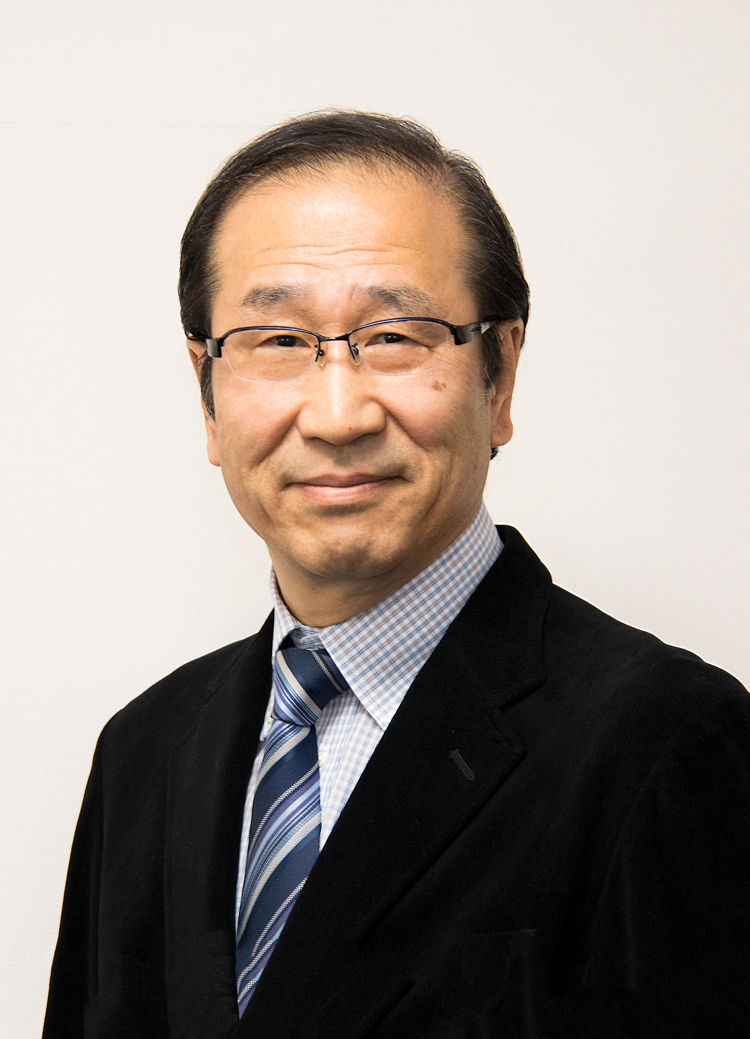Professor Susumu Kitagawa from the Kyoto University will be visiting the University of Adelaide late September. Professor Kitagawa heads the Kitagawa Group and will be speaking on porous materials.
Date: Monday, 30th September 2019
Time: 1:00pm
Location: MacBeth Lecture Theatre (map)
RSVP: Not required, but please add to your diary
Astract by Professor Susumu Kitagawa:
Porous coordination polymers (PCPs) or metal-organic frameworks (MOFs) as functional microporous materials, have attracted the attention of chemists and physicists due to not only scientific but also application interest in the creation of unprecedented regular nano-sized spaces and in the finding of novel phenomena.1-4
I discuss porous materials with capabilities that exceed current ones (i.e., the fourth generation (4G) MOFs) and the future research direction. It would be fabulous if novel porous materials possessed more features than just the third generation’s excellent characteristics (flexibility, collectivity, and diversity).
These additional features include (1) Hierarchy and Hybrid (double-H), which means to combine different functions and pursue the dynamic development of combined functions, (2) Anisotropy and Asymmetry (double-A), which means to learn from living organisms and then go beyond such organisms’ capabilities, and (3) Disorder and Defect (double-D), which may lead to excellent catalytic reactivities and electronic functions. Hereinafter these three characteristics are referred to collectively as “ HAD” characteristics.5-6 Although the HAD characteristics must be considered not only for porous material development but also for other material development, this talk focuses on porous materials.
If wide ranging forms of MOFs (e.g., macro- and mesosized crystals, amorphous state, crystals, and films) can be synthesized and integrated into a form of sequential functions, targeted gas substances could be selectively captured, condensed, and converted ad arbitrium, which is currently not possible, and therefore science and technology utilizing ubiquitous resources can advance. In particular, fundamental techniques that convert ubiquitous gaseous substances (e.g., carbon dioxide and dinitrogen as source of carbon and nitrogen elements) into fuel or raw materials will greatly contribute to society’s future.



